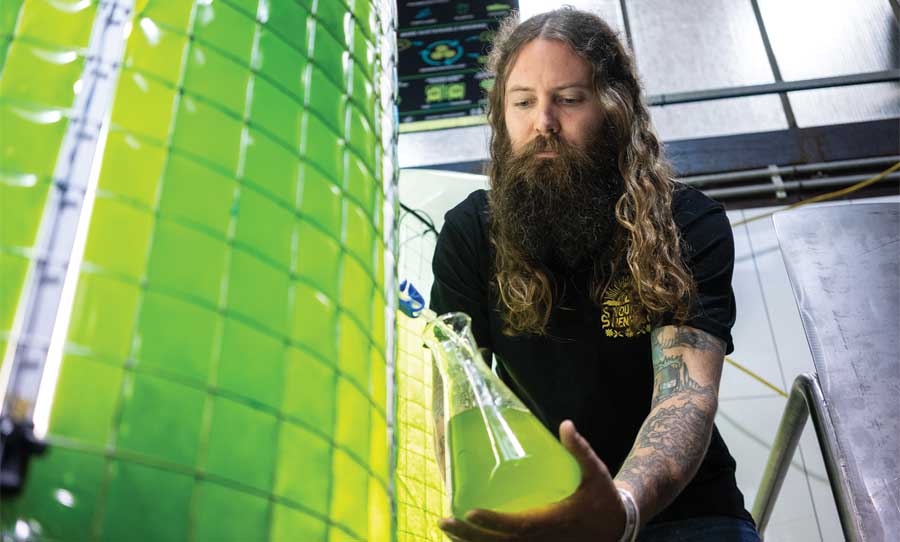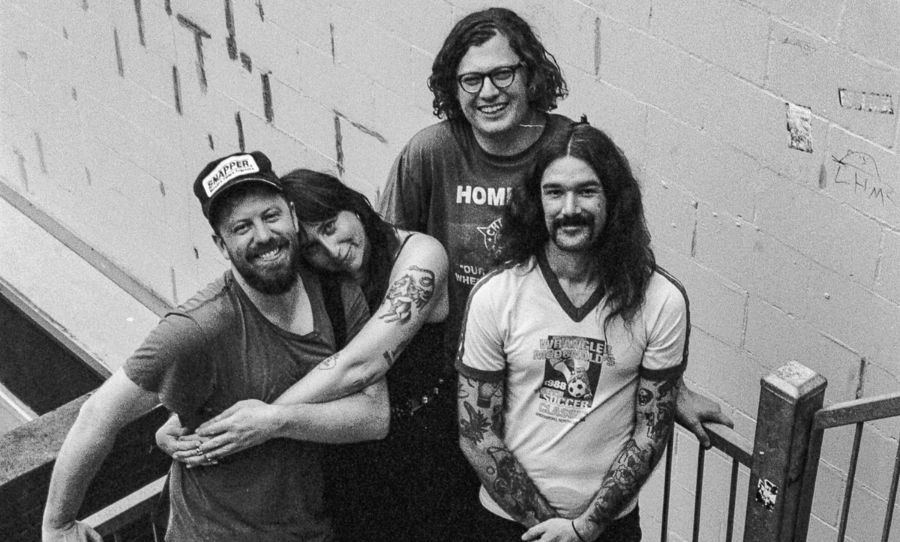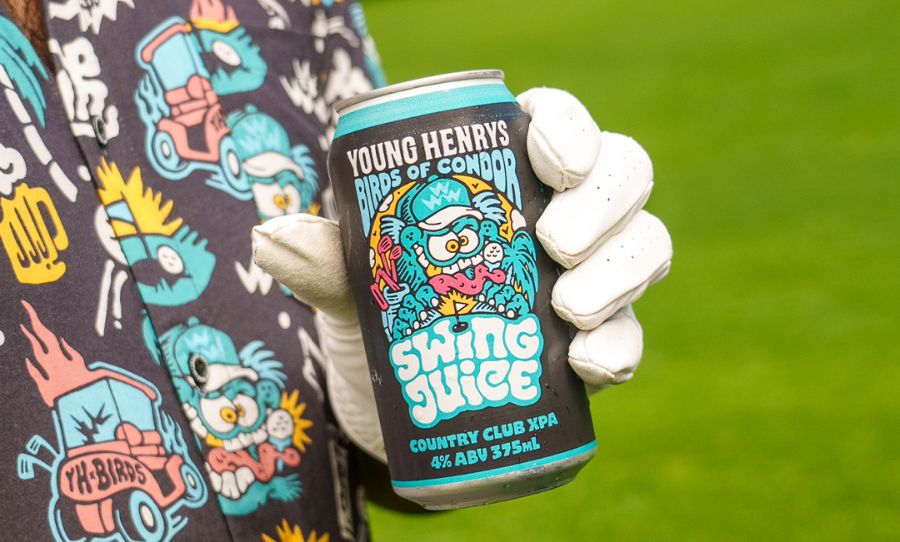The Young Henrys brewery in Newtown has an old-world charm; brass piping, historical gig posters, wood, and brickwork. Lately a piece of gear has been introduced that looks a little out of place – more sci-fi than independent beer den.
A 400-litre bag of algae now sits amongst the kegs and plumbing at Young Henrys, a glowing green vat which looks like something out of a bad ’90s body horror film set. As silly as it might look, it represents an incredible step in the direction of sustainability for Young Henrys – and hopefully many more breweries to come.
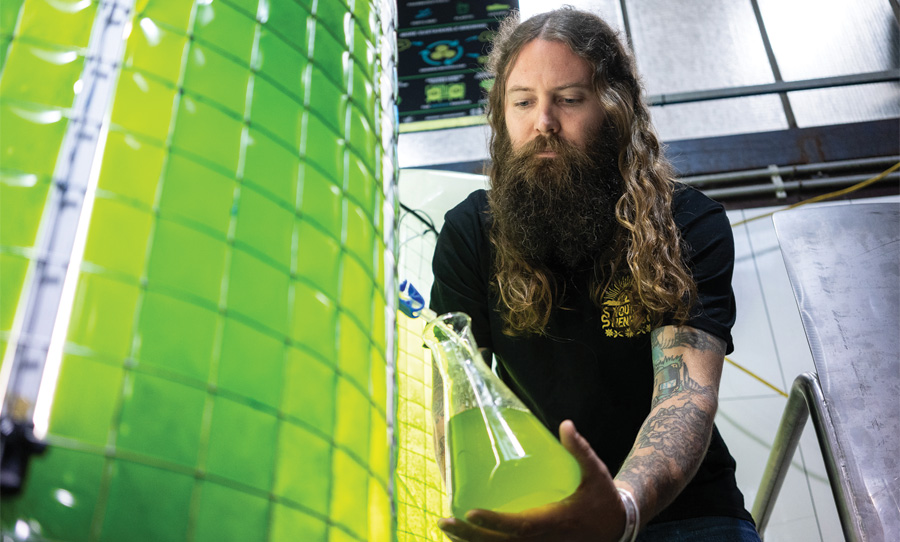
When beer is brewed anywhere, CO2 is released into the atmosphere, contributing to climate change. Newtown-based brewery Young Henrys could have a solution – algae.
Working alongside the University of Technology Sydney’s Climate Change Cluster, Young Henrys installed the tank only recently. By itself it constantly absorbs carbon dioxide and as a result, creates as much oxygen as a hectare of Australian forest.
We spoke to Young Henrys co-founder Richard Adamson to find out more about how this project came to be.
“We met Dr Peter Ralph from the Climate Change Cluster at a function about 18 months ago, and then did a tour of the labs to see all the cool stuff they were doing with algae. We went away and had a think on how we could get involved and came up with this project. Using the expertise of the UTS science team and our skills as brewers (managing yeast is a lot like growing algae it turns out) we have been able to get a proof of concept up with further research under way.”
As much as beer is intertwined in our culture, it remains an industry which contributes to the climate problem as much as any other. More and more companies – in the booze industry or otherwise – have started 2020 with sustainability at the front of their minds.
“Everyone needs to do their part if we are going to get anywhere near the 2030 target that has been set,” says Adamson. “Sustainability as its own goal has a moral component, along with potential financial benefits that may come from using less and creating new products and services.”
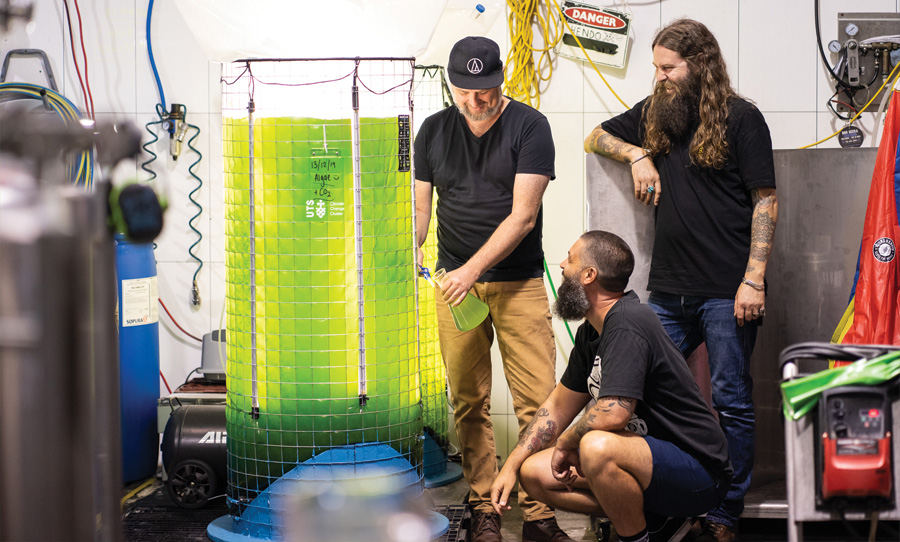
The algae project is absolutely a step in the right direction, but remains just a step in the journey towards a beer industry that’s carbon neutral. With that in mind, Young Henrys and UTS are looking towards a method that could be adopted by much bigger breweries.
“We’re hopeful that we can come up with a solution that’s scaleable. Ultimately, the widespread adoption with carbon sequestering tech is going to have the biggest impact.”
And yes, the tank glows in the dark. Adamson confirms:
“The added benefit of having a LED for photosynthesis at the bottom of the bioreactor is that it makes the largest lava lamp you have ever seen. It also seemed to aspire some creative thinking in a certain bunch of video makers.”
